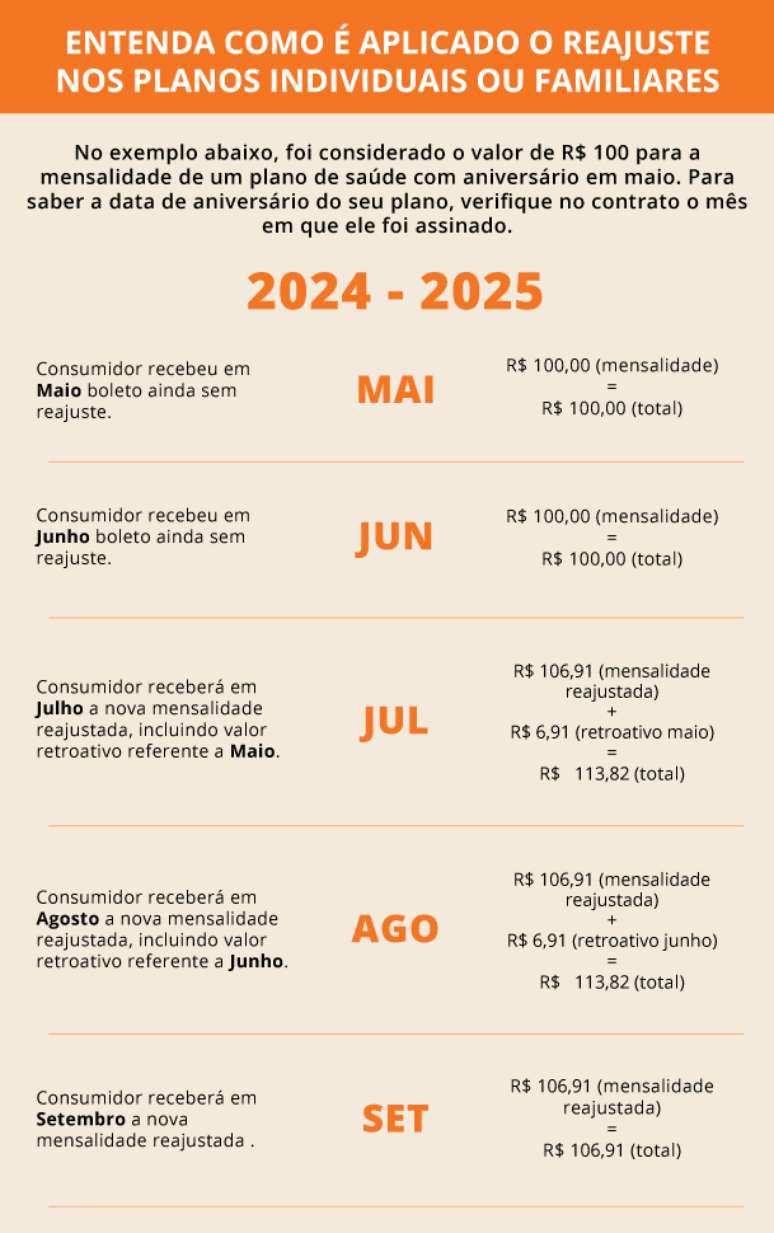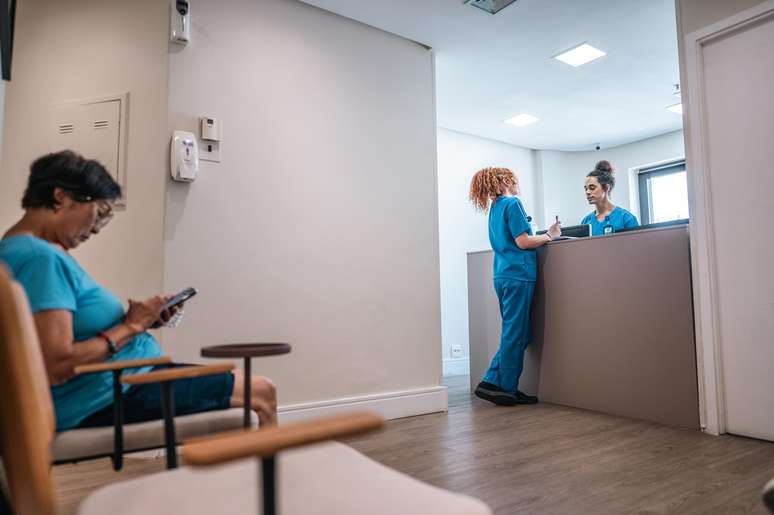The adjustment can be charged starting from the anniversary month of the contract
Summary
The National Agency for Supplementary Health (ANS) has defined the maximum percentage of adjustment allowed for individual and family health plans at 6.91%, which will affect 8 million beneficiaries.
The National Agency for Supplementary Health (ANS) defined, this Tuesday 4, the maximum adjustment percentage allowed for individual and family health plans is 6.91%.. The cap could impact nearly 8 million beneficiaries, or about 15.6% of the 51 million health plan consumers in Brazil.
Receive the main news directly on WhatsApp! Subscribe to the Terra channel
The definition was made in agreement with the Ministry of Finance, during a meeting of the Collegiate Council this Tuesday morning. The decision will however be published in the Official Journal of the Union.
When can the adjustment be charged?
- The adjustment can be applied by the operator in the month of the anniversary of the contract, or in the month in which the plan is stipulated.
- For contracts that have anniversaries in the months of May and June, invoicing must begin in the month of July or, at the latest, in the month of August, going back to the month of the anniversary of the contract.
Following communication of the maximum adjustment limit, beneficiaries of individual/family plans will have to pay attention to the payment slips and observe if the percentage applied is equal to or lower than that defined by ANS (6.91%)ANDif the debit with the adjustment index occurs starting from the anniversary month of the contractwhich is the month the contract was signed.

How does ANS calculate the adjustment value?
The director-president of ANS, Paulo Rebello, explains that the adjustment takes into account the change in assistance costs incurred in 2023 compared to the previous year. “When it comes to health plans, the variation in expenses is directly associated with the variation in the cost of procedures and the frequency of use of health services,” he says.
The percentage also considers the general consumer price index (HICP), which measures the country’s inflation.
“It is important to highlight that this methodology is based on the variation in medical expenses determined in the operators’ budgets and on an inflation index, which guarantees predictability and transparency for the entire society,” explains the director of Standards and Product Qualification, Alessandro Fioranelli .
- The Individual Plan Adjustment Index (IRPI) combines the Value of Care Expenditure Index (IVDA) with the General Consumer Price Index (HICP), minus the health plan sub-item.
According to ANS, per capita healthcare spending in regulated individual plans grew by 10.16% in 2023 compared to 2022. This observed change in healthcare spending reflects increased prices of healthcare services and inputs, as well as an increase in the level of consumption of health services connected with inclusion in the list of supplementary health services.
Source: Terra
Ben Stock is a lifestyle journalist and author at Gossipify. He writes about topics such as health, wellness, travel, food and home decor. He provides practical advice and inspiration to improve well-being, keeps readers up to date with latest lifestyle news and trends, known for his engaging writing style, in-depth analysis and unique perspectives.







![Everything for pre -light: What awaits you in the 23 Episode of Wednesday on July 16, 2025 [SPOILERS] Everything for pre -light: What awaits you in the 23 Episode of Wednesday on July 16, 2025 [SPOILERS]](https://fr.web.img2.acsta.net/img/0e/be/0ebe245c885086964e20791398a65cb8.jpg)
